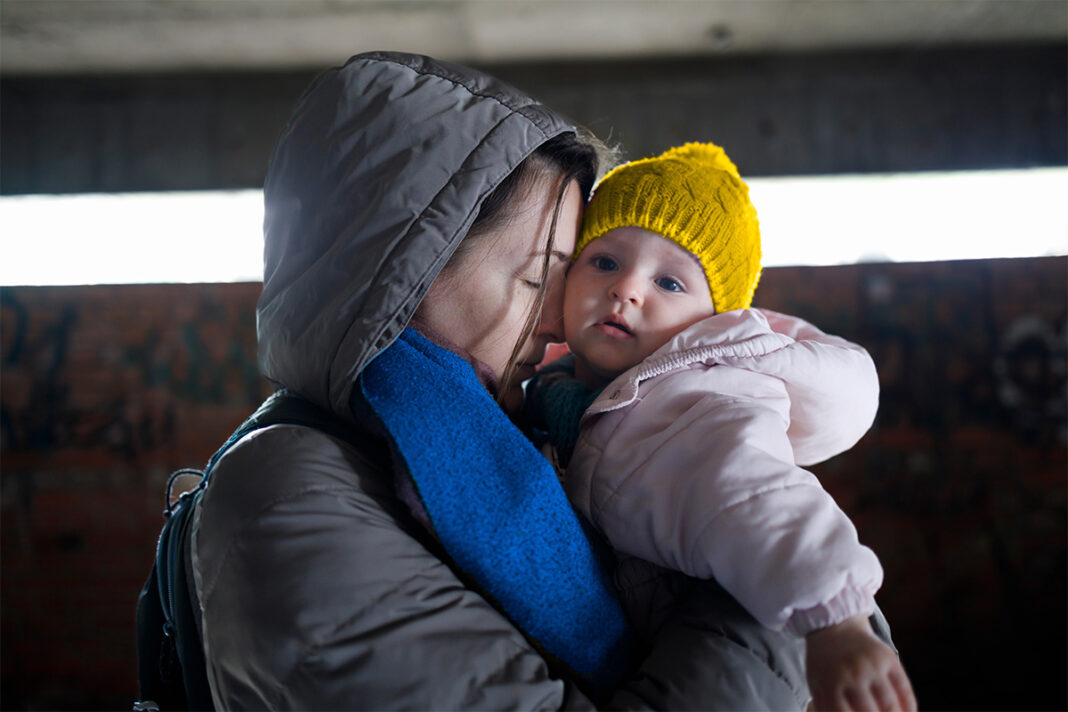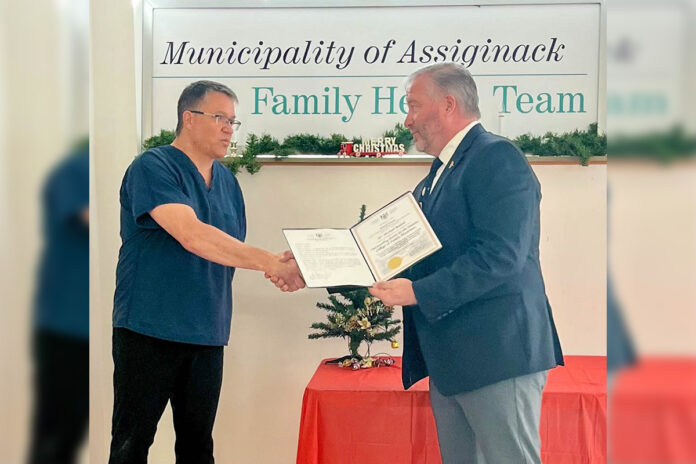New report reveals 80,000 Ontarians homeless
ONTARIO—A startling figure jumps out from a report on homeless recently released by the Association of Municipalities of Ontario (AMO)—some 80,000 people living in Ontario, one of the richest (and coldest) regions on the planet, live without permanent shelter.
For its part, Northern Ontario, a region where it is notoriously difficult to quantify the number of people couch surfing or staying with friends and relatives, saw a surge of homelessness by at least 204 percent since 2016. Estimates are that there were 5,377 homeless people in Northern Ontario last year with the growth of homelessness coming in at four times the provincial average in 2024.
Predictions suggest the number of homeless in this province could increase to 267,663 people by 2035 if something is not done to deal with the crisis by the provincial and federal governments.
Dealing adequately with homelessness lies far outside the reach of most urban centres, let alone small rural communities such as those on Manitoulin Island.
The AMO report notes that challenges faced in Northern Ontario are amplified by geographic isolation, limited public transportation, inadequate infrastructure and system inequities and particularly the over representation of Indigenous populations in homelessness.
Ontario had 4,418 people, identified as Indigenous, who fall into the category of “chronically homeless people” in 2024. To put that in perspective, that number accounts for roughly 10 percent of the homeless in the province. Those identifying as Indigenous comprise less than three percent of Ontario’s population.
Rural areas of the province saw a surge in homelessness by 150 percent since 2016, a number that dwarfs the 50 percent rise seen in communities overall.
According to the AMO study, young people, those ranging from children up to the age of 24, make up 25 percent of the total homeless.
The solution, notes the report, will require a massive injection of funding if it is to be found in any timely manner. AMO’s study shows that a 10-year investment by the province is needed calling for more than $11 billion—of that, $7.7 million must be allocated for one-time capital investments, with $329 million injected annually to meet operating costs.
In the report, AMO is calling on the province to prioritize long-term housing solutions in order to fix what it characterizes as a “broken and underfunded system.”
Municipalities spent $2.1 billion in 2024 trying to stem the tide, but the report asserts that the ratio between what the provincial government is spending and what is being invested by municipalities needs to be changed.
AMO notes the province has spent $50 million for affordable housing in 2024, that’s just three percent of what municipalities alone have spent on housing. The problem is slated to continue to exacerbate, since Ontario is projecting to spend $378 million for its much-vaunted Homelessness and Addiction Recovery Treatment (HART) hubs, with the planned 375 supportive housing beds only accounting for six percent of what the report says is the capacity needed to end encampments.
The costs of administering social services is far greater than that of the Ontario Municipal Partnership Fund (OMPF) grant municipalities receive from the province—even with the recently announced increases to that funding. Social services are traditionally seen as a provincial responsibility but were downloaded by the province to municipalities.
The AMO report will be presented to the Manitoulin-Sudbury District Services Board, which overseas social services on behalf of Island (and North Shore-Sudbury West) municipalities for discussion. Much of this region’s homelessness and addictions issues become exported to Sudbury, the nearest urban centre, noted Sudbury Mayor Paul Lefebvre in a previous conversation with The Expositor, adding to that community’s encampment and homelessness challenges.




